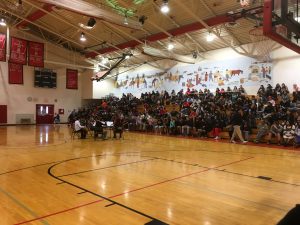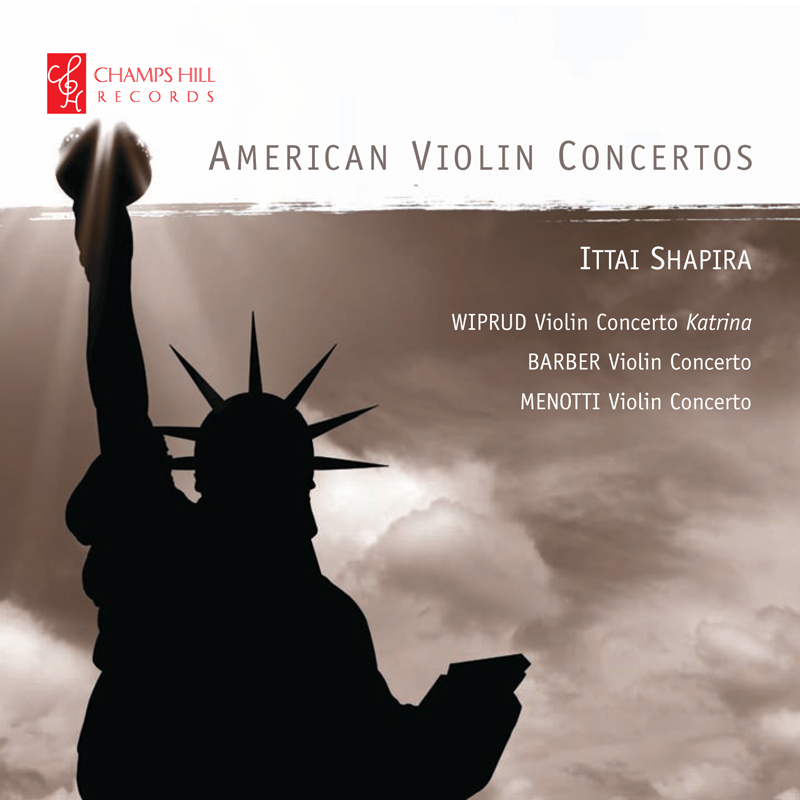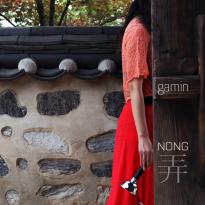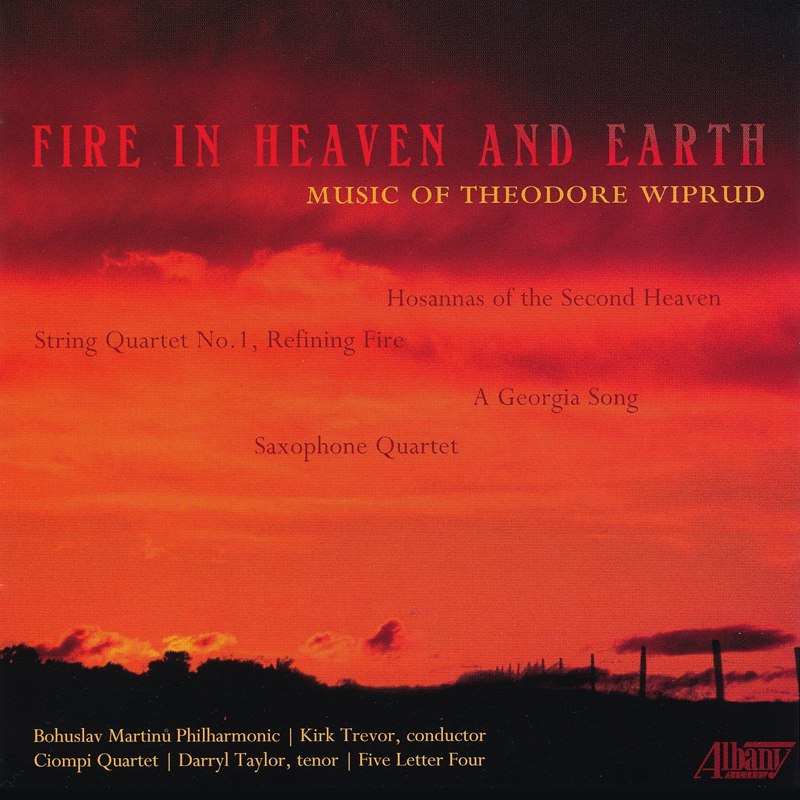I’ll call her Emily. A junior at Pine Ridge High School, on the Lakota Sioux Pine Ridge Reservation, Emily came into the Composition Academy with dark glasses on and hood up, silent except to say that she was not a creative person. She participated in group warm-ups and games only grudgingly. And yet she would sit at the piano before each day’s workshops, playing Chopin and Beethoven by ear – note-perfect melodies and accompaniments almost exactly as written. She only ever had two piano lessons. The instrument came to her naturally, and she was clearly a close listener.
Emily showed talent, but no confidence. The Academy was four-and-a-half days long – that much time to come up with a short piece of music for string quartet or woodwind quintet. After two days, nothing from Emily. One of our teaching artists started working more closely with her, encouraging her improvisation on the piano. By the end of day three, she had six measures she liked, including a sophisticated harmonic move. On day four, with intensive assistance from a teaching artist, she filled out almost a minute of music, ending on a satisfying Picardy third (a kind of surprise ending). And then, somehow, Emily caught fire. In two hours, working with two teaching artists who were just trying to keep up with her ideas, she completed the ideal contrasting stretch of music, and a powerful reimagining of the opening section to round it off. She was suddenly the first student to finish!
We completed our Academy by playing back all the students’ completed works, via MIDI from computer notation files. Emily’s came last, just by chance. The whole room was stunned. This was a completely formed, passionate piece of music, in which Emily had determined every note, and those arresting harmonies. Something came out of Emily that week. The sunglasses were gone, the hood was down, and she was beaming as the class applauded her and talked excitedly about what images her music conveyed. No one was more surprised than she. She had discovered what she was capable of; she had gained a voice.
Emily’s look of astonishment when she finished her piece, and then when the class reacted so positively, is actually pretty typical in work with novice composers. Creating something out of nothing is a daunting task if you have never done it before and have no tools at your disposal. An encouraging teaching artist who can smooth over technical hurdles like notation, and validate tentative ideas, makes all the difference. And that look of astonishment is common on teaching artists’ faces too. Sometimes, the most reluctant, the most diffident students are the ones from whom a special beauty rushes forth.
That’s what makes working with young composers so rewarding: the teaching artists witness a process of self-discovery, as though in time-lapse photography. Many students come out of such workshops changed. True, the discovery of a personal musical voice is just one of many changes they are experiencing as they grow up; but there is no question it contributes to positive change.
And instrumental music may be the ideal medium for personal growth. With violins and oboes, one can encode intimate experience without fear of detection. The patient work of teaching artists, and the dedication of the outstanding musicians, convinced Emily that we cared about her and her ideas. She found a voice, a self she could project in a unique way.
A month later, I caught up with Emily at the rehearsal of her piece. She beamed once again as she listened to professional performers realize her work, but something wasn’t right. With growing confidence, she directed the musicians to make many adjustments, eventually transposing the cello down an octave in the last section to get just the sound she wanted.
A few days later we were with all her classmates at Pine Ridge High School. The Dakota String Quartet and Dakota Wind Quintet (principal players of the South Dakota Symphony) were there to play the kids’ pieces for their whole school. Emily was almost unrecognizable – stylishly dressed, able to talk confidently about her piece (“just nice sounds I like, put together”), roundly applauded by hundreds of her peers.
As residents of Pine Ridge Indian Reservation, members of the Oglala Lakota Oyate, these teenagers are a positive story in the midst of much poverty. The stories one hears of life on the Rez suggest beleaguered kids. On our experience, these students are very little different from kids anywhere – unsure of themselves, just discovering their individuality, ripe for growth. The main difference may be, with so much more to gain.





